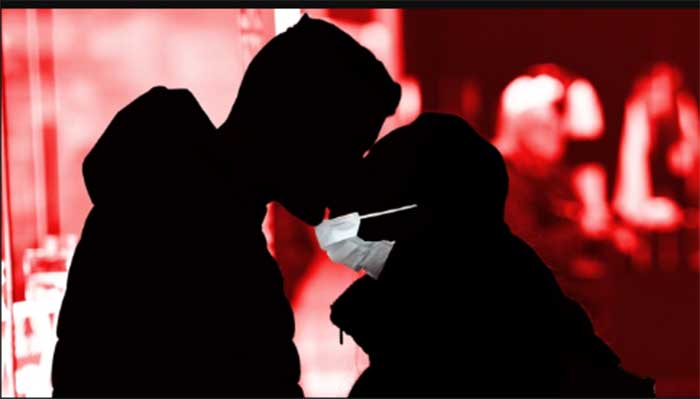
bdmetronews Desk ॥ When Prime Minister Pedro Sánchez of Spain, a country now in lockdown with over 17,000 confirmed cases of COVID-19, took the dais in Parliament in Madrid on Wednesday to announce a $220 billion package to help his country’s tourism-powered economy, warning that “the worst is yet to come,” Micol Maria de Vincenti was appalled.
“I thought, ‘What is Sánchez doing in the Parliament — his wife is testing positive, he’s supposed to stay at home!’” says the Italian-born engineer who’s been living in Madrid for decades. Never mind that most parliamentarians had skipped the Wednesday session in the Spanish capital, where on average four people are now dying every hour from COVID-19. “When the leader of Spain is breaking his own quarantine, it’s not setting a good example.”
De Vincenti was not the only one taken aback at the seeming lack of urgency about the coronavirus in Spain, where cases began climbing three weeks ago, and where concepts like social distancing didn’t enter the discussion until this week. That recommendation still doesn’t appear in the Health Ministry’s advisories.
The World Health Organization now considers Spain an epicenter of coronavirus transmission, along with Italy, which has recorded more than 41,000 cases, more than any other country except China. Spain is on track to surpass Iran as the country with the third-most cases within days.
And the very qualities that make both Spain and Italy so beloved by tourists — the laid-back attitudes, the warm cheek-kissing greetings, the world-famous cathedrals, museums and historical sites, stadiums filled for soccer matches, the terraces where hundreds gather for aperitivos, sangria and meals — may be exactly the things that helped spur the spread of the coronavirus in this part of the world. “The main transmission is through droplets,” says Dr. Sylvie Briand, a top official in epidemiology at the World Health Organization in Geneva. “When you’re talking to people, we recommend keeping a distance of at least [3 feet]. So when you’re kissing or getting closer to people, the risk of transmission is high.” If Spain hasn’t specifically cautioned against kissing as a greeting, she says, “it should be done — it’s very important.” Reducing the size of gatherings is critical too, she says. “When a country is seeing cases here and there, distributed among its population, we don’t recommend large gatherings” where healthy people and people who might be infected mingle in proximity. “It’s just statistics,” she says.







